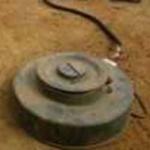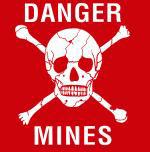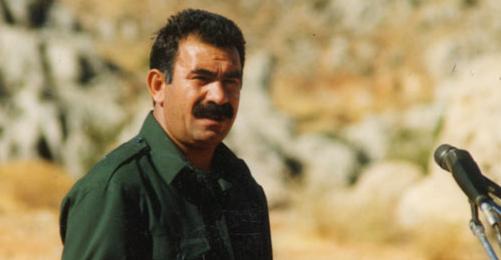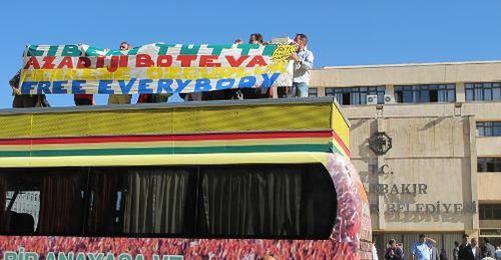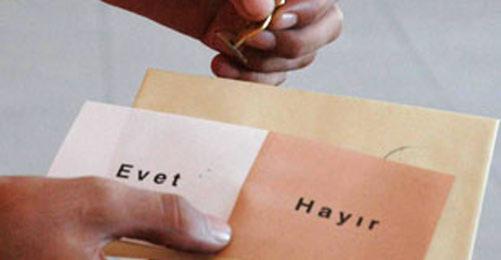“In 2004, a person was killed or maimed by mines or explosives left over from battles every three days. The number has not changed for 2008.
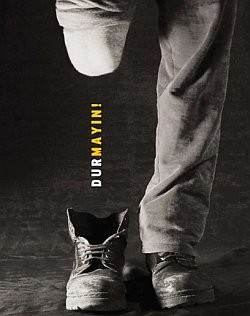 Turkey signed the Ottawa Convention on anti-personnel mines in 2004.
Turkey signed the Ottawa Convention on anti-personnel mines in 2004.
No date for mine destruction
However, it has not destroyed its stock of 2.5 million mines, and the government is not announcing a date.
For Öğreten, that is a clear violation of the convention.
According to the convention, buried mines need to be cleared by 2014. In addition, those who have been injured by mines and explosives left over from battles need to be provided with rehabilitation facilities.
The International Campaign to Ban Landmines (ICBL) reminds countries that it is not enough just to fence in mined areas or clear only priority areas.
Highest number of anti-personnel mines
Öğreten cites a report which Turkey has had to send to the United Nations as part of the convention. In the report, Turkey says that it still has 15,150 anti-personnel mines for educational use in the army. This, so Öğreten, is the highest number of mines of any signatory countries by July 2008.
Cluster bombs should also be banned
Another weapon type which, like mines, also kills civilians, is the cluster bomb. Explosives within the bomb disperse in the air. Some of the explosives fall onto the ground without exploding.
Activists have called on all countries to ratify conventions against mines and cluster bombs together. The Cluster Bomb Ban Treaty, which was ready for signature last year, has not been signed by Turkey.
Öğreten says that it is known that Turkey has cluster bombs, but that the size of its stocks is unknown.
The ICBL says that when the convention is followed properly, societies affected by mines are changed completely. Signatory countries have destroyed a total of more than 42 million mines. (TK/AG)





